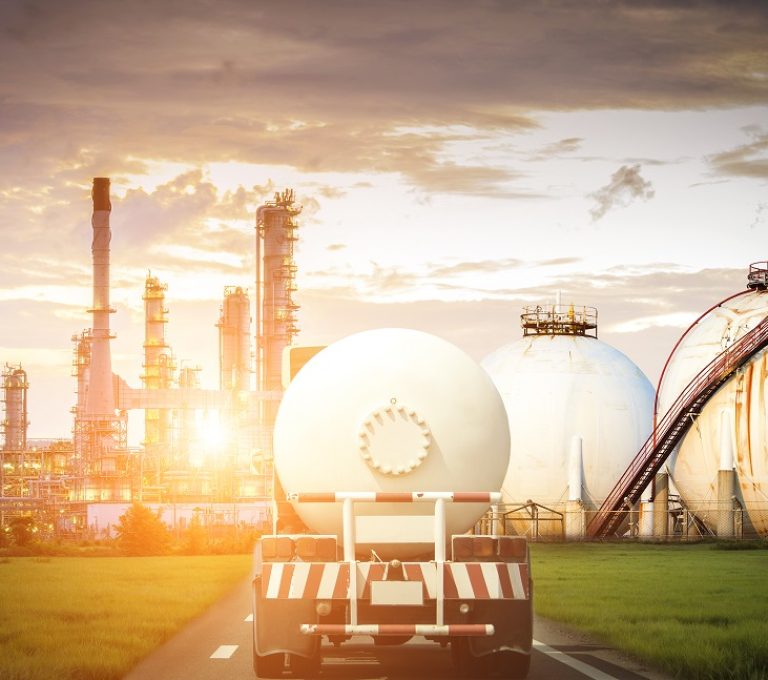
How Octane Ratings Influence Fuel Efficiency and Engine Health
The octane rating measures a fuel’s ability to resist engine knock—a condition that occurs when fuel ignites too early in the cylinder. Knocking reduces efficiency and can cause engine damage. While modern drivers rarely experience it, this is largely due to the presence of oxygenates in fuel. These compounds add oxygen to the mixture, improving combustion stability and preventing knock.
Most retail gasoline stations in the U.S. offer three main octane grades: 87 (regular), 89 (mid-grade), and 91–93 (premium). A higher octane number means greater resistance to knock, allowing engines to operate with higher compression ratios, turbocharging, and advanced designs such as downsized or downsped engines. These technologies improve fuel efficiency and performance. Although premium fuel currently refers to higher-octane blends, many automakers support increasing the baseline octane in the U.S. Doing so could enable more efficient engines, reduce petroleum consumption, and lower greenhouse gas emissions.
Regular vs Premium Gasoline: What Really Sets Them Apart
The main distinction between regular and premium gasoline lies in their octane rating—the fuel’s ability to resist uncontrolled combustion, known as engine knock or detonation. Persistent knocking can lead to serious engine damage and costly repairs. Premium fuel generally carries an octane rating four to six points higher than regular, such as 93 compared to 87.
A common misconception is that premium gasoline delivers more power than regular. In reality, its energy content is slightly lower due to the inclusion of extra anti-knock additives. The belief stems from the fact that high-performance engines often require premium fuel. However, it’s the engine’s design and tuning—not the fuel itself—that generates additional power.
Engines engineered for higher output operate with conditions that make them more prone to knock, such as higher compression ratios or advanced ignition timing. In these cases, premium fuel is essential to prevent detonation, protect the engine, and avoid costly repair bills.


EPA Standards for Gasoline Additives
In any given region, all regular-grade gasoline comes from the same base fuel source, and the same applies to premium-grade gasoline. The real difference between fuel brands lies in their proprietary blend of additives—their “secret sauce.” These additives serve multiple functions, but one of the most important is preventing carbon deposits from forming inside the engine. Without proper protection, these deposits can hinder performance, reduce fuel efficiency, and cause cold-start problems along with other drivability issues.
Since 1995, the Environmental Protection Agency (EPA) has required gasoline to contain a minimum amount of deposit-control additives. However, many automakers believed the EPA’s standards were insufficient for optimal engine cleanliness. In 2004, eight major car manufacturers introduced the TOP TIER™ gasoline standard, which demands higher-quality and more effective additives. TOP TIER certification also ensures these enhanced additives are used in all grades of fuel offered by a certified brand and are available at all of its retail stations across the U.S. and Canada.